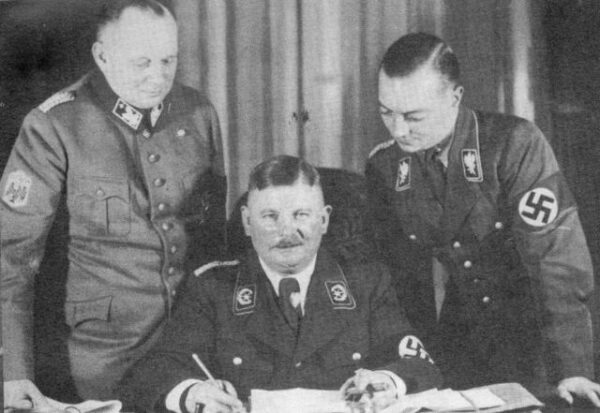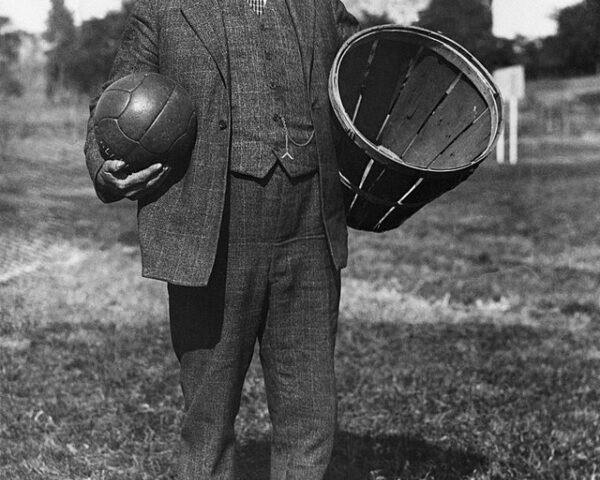The Night of the Long Knives, known in German as “Nacht der langen Messer,” was a pivotal event in the history of Nazi Germany, occurring from June 30 to July 2, 1934. It marked a critical turning point in Adolf Hitler’s consolidation of power, signifying the purge of the Sturmabteilung (SA), the paramilitary wing of the Nazi Party, and the elimination of various political adversaries. This orchestrated series of extrajudicial killings was not only a significant moment in Nazi Germany’s internal politics but also a defining instance of Hitler’s ruthless methods to secure absolute control.
The roots of this bloody purge can be traced back to the growing tension between the SA, led by Ernst Röhm, and the traditional military establishment, as well as other factions within the Nazi Party. The SA, with its revolutionary zeal and its desire to incorporate itself into the German Army, posed a threat to both the Wehrmacht (the regular German Army) and the Nazi leadership’s more conservative elements. Röhm’s ambition to make the SA the core of Germany’s military forces clashed with the army’s desire to maintain its independence and prestige.
The SA’s increasing power and Röhm’s radical views alarmed not only the army but also industrialists and conservative politicians, who saw the SA’s socialist leanings and violent tactics as destabilizing. Moreover, Heinrich Himmler and Reinhard Heydrich, leading figures in the SS (Schutzstaffel), viewed the SA as a rival to their own growing power within the Nazi regime. They seized the opportunity to turn Hitler against Röhm and his associates by feeding him with information about an alleged coup that the SA was supposedly planning.
Under the pretext of quelling a supposed insurrection, Hitler moved decisively against the SA leadership. On June 30, 1934, Hitler ordered a series of coordinated actions to eliminate Röhm and other high-ranking SA officers. Hitler personally arrested Röhm and other SA leaders, while the SS and the Gestapo (the secret police) carried out executions across the country. Prominent figures within the SA, as well as former political rivals of Hitler, were summarily executed. Among the victims were Gregor Strasser, a former Nazi who had become a critic of Hitler, and Kurt von Schleicher, a former chancellor of Germany.
The purge extended beyond the SA to encompass other political adversaries and individuals deemed threats to Hitler’s rule. The exact number of deaths remains uncertain, with estimates ranging from 85 to over 200. The operation was swift, brutal, and largely extrajudicial, reflecting the lengths to which Hitler was willing to go to secure his power.
Following the Night of the Long Knives, the SA’s influence was drastically reduced, and the Wehrmacht’s independence was preserved. The SS, under Himmler’s leadership, emerged as the dominant paramilitary force in Nazi Germany. The purge also served to solidify Hitler’s control over the Nazi Party and eliminate any potential sources of opposition.
Publicly, the purge was presented as a necessary action to protect the state from treasonous elements. Hitler justified the killings in a speech to the Reichstag on July 13, 1934, framing them as measures taken in the interest of national security. This narrative was largely accepted by the German populace, further bolstered by the regime’s propaganda efforts.






